Aguacalientes, a provincial city, not touted by guidebooks, off the tourist trail, has been hosting the Calaveras Festival for over 20 years. The town comes alive, more accurately, becomes resplendent. They didn't have one last year because of COVID. This year's version is even supposed to be scaled back, only from 10/29 to 11/2.
There were altars all over the place in city center, more indoor and outdoor performance venues than I can keep track of, culminating in a parade on 11/2. Since all the Mexicans are hard at work during the day, almost all the events are in the evening. The way John summarizes the festival is very succinct - it's like a flower festival, lantern festival, music festival, and parade all added together. North American may have material wealth, Mexican certainly have cultural riches.
A word about Calaveras: Calavera, originating from Latin, means skull. Calaveras were pre-Columbian motifs in native cultures, e.g. in Chichén Itzá. In the half of 1800s, illustrators Manuel Manilla and Jose Guadalupe Posada (born in Aguascalientes) popularized calaveras in print materials. In 1913 Posada composed the image of "Calavera Garbancera" satirizing poor indigenous garbanzo sellers' aspirations for fancy European fashion (note: garbanzos were introduced by Europeans to Mexico). Then in 1947, Diego Rivera, in his pursuit of an Mexican identity, gave a full body to the Calavera Garbancera, placing her between a boyhood Rivera and her creator Posada, in the center of "Dream of a Sunday Afternoon in Alameda," naming her La Catrina (a well dressed woman), forever changing the fate of the Garbancera. Over the subsequent years, La Catrina has be become an emblem of Mexico culture and does extra duty during the Day of the Dead celebrations.
One of the many OfficialFestival Posters.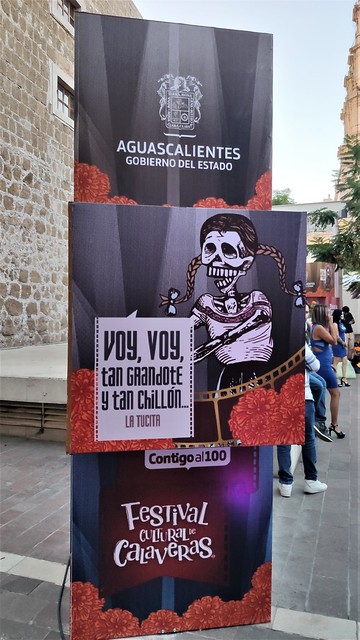
Here are several of the Day of the Dead altars that could be seen around town.







Not to mention the Skull/Skeleton lanterns and other special decorations.


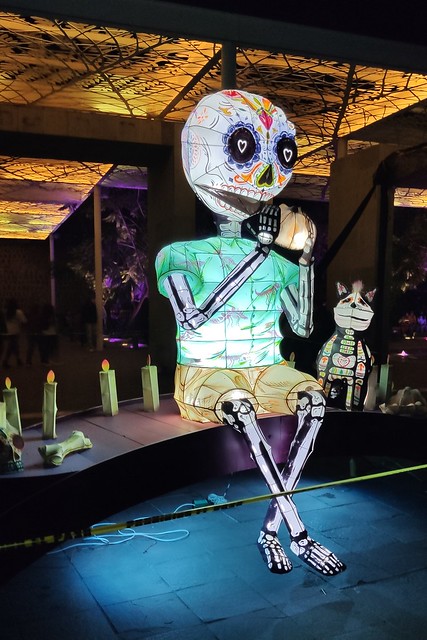




The nights of the 29th, 30th,31st, and 1st, there were concerts at 2 outdoor stages featuring all types of music and apprciative audiences.


Caloncho, described as a tropi-folk artist, was very good.

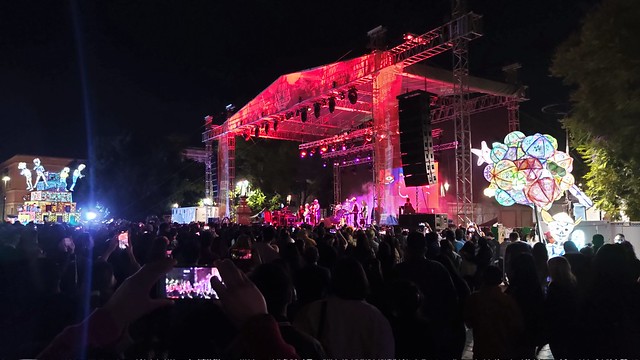

The National Jazz Band.

Idioma, a rocking supergroup of 1990's Mexican rock band scene. Excellent!!

A visit to the Jose Posada Museo.


A finally some photos and short videos from the November 2nd parade.

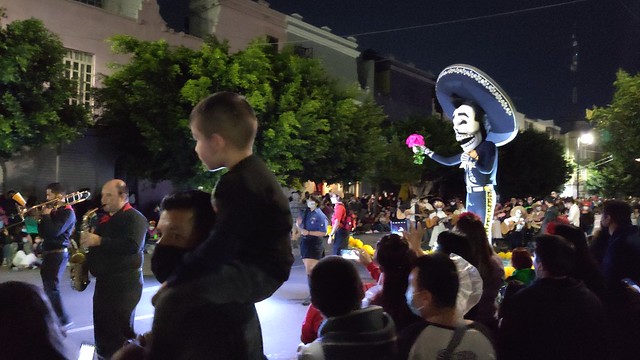









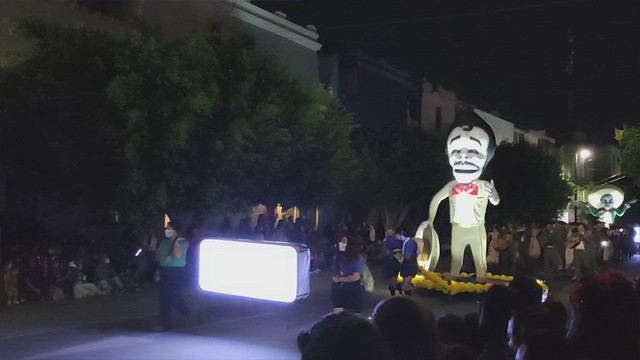

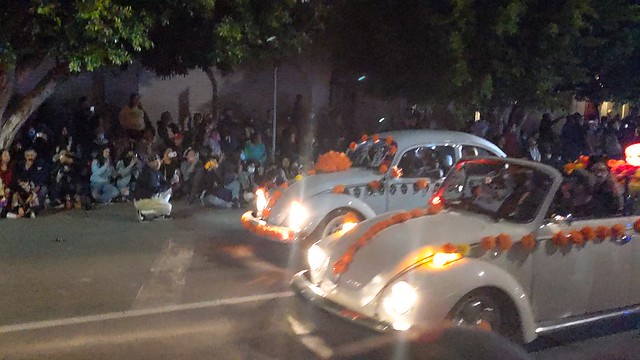




No comments:
Post a Comment